The realm of plumbing may seem like uncharted territory for many homeowners. However, there’s a world of DIY plumbing solutions that can empower you to handle common issues with confidence. This article delves into simple yet effective DIY plumbing solutions, ensuring you’re prepared to address challenges and maintain the functionality of your plumbing system.
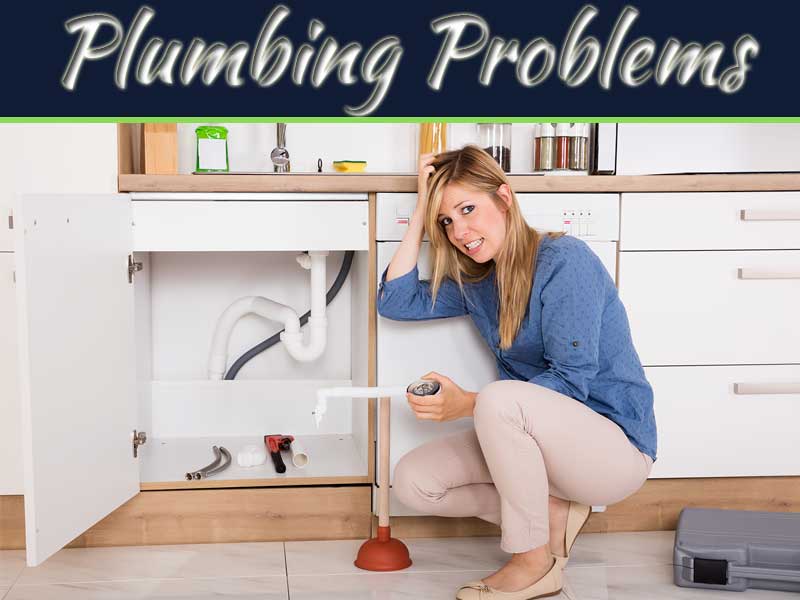
1. Unclogging Drains: The Power of Baking Soda and Vinegar
Clogged drains can bring daily routines to a standstill. A natural remedy involves the dynamic duo of baking soda and vinegar. Pouring half a cup of baking soda followed by half a cup of vinegar down the drain can create a fizzy reaction that helps break down debris and clear minor clogs.
2. Fixing a Dripping Faucet: Replacing the Washer
A dripping faucet not only wastes water but also creates an irritating sound. You can fix this by replacing the worn-out washer inside the faucet. Simply turn off the water supply, disassemble the faucet, and replace the washer with a matching one from your local hardware store.
3. Running Toilet Repair: Adjusting the Flapper
A running toilet can be wasteful and frustrating. Often, it’s due to a faulty flapper. Adjusting the chain or replacing the flapper is a simple solution. Turn off the water supply, flush the toilet, and follow the manufacturer’s instructions to install the new flapper.
4. Leaky Pipe Quick Fix: Epoxy Putty
Leaky pipes can be contained temporarily with epoxy putty. After turning off the water supply, clean and dry the area around the leak. Knead the epoxy putty and apply it to the leak. It hardens quickly and provides a temporary seal until a professional can address the issue.
5. Garbage Disposal Rescue: Resetting and Unclogging
A jammed garbage disposal can be tackled without professional help. First, turn off the power to the disposal. Insert an Allen wrench into the bottom of the disposal and manually turn the blades to free any obstructions. If it’s still stuck, locate the reset button on the disposal unit and press it to reset the motor.
6. Low Water Pressure Remedy: Cleaning Faucet Aerators
Low water pressure can be due to mineral buildup in faucet aerators. Unscrew the aerator from the faucet, soak it in vinegar overnight, and scrub it with a toothbrush to remove mineral deposits. Reattach the aerator, and you’ll likely notice improved water flow.
7. Plumbing Tape Magic: Sealing Leaky Joints
Leaky joints can be temporarily sealed with plumbing tape. Wrap the tape tightly around the leaky area, ensuring it’s snug and secure. This provides a temporary solution until a permanent fix can be implemented.
8. Frozen Pipe Prevention: Insulating Pipes
Preventing frozen pipes is crucial during colder months. Insulate exposed pipes with foam or fiberglass insulation to protect them from freezing temperatures. This helps maintain water flow and prevents costly burst pipes.
9. Using a Plunger: Versatile Tool for Various Issues
A plunger isn’t just for toilets; it’s a versatile tool for multiple plumbing issues. Whether it’s unclogging sinks, tubs, or toilets, a plunger’s suction power can often solve the problem.
10. When to Call a Professional
While DIY solutions are effective for minor issues, complex problems require professional intervention. Knowing your limits and when to seek expert help prevents exacerbating the problem.
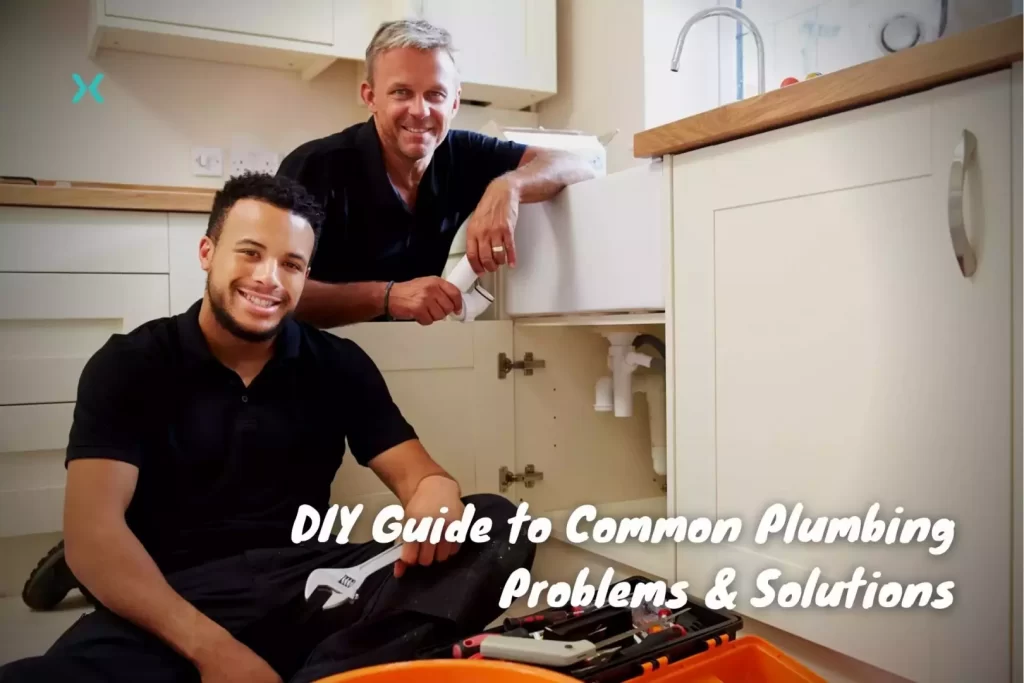
DIY plumbing solutions empower homeowners to take control of their plumbing systems. By familiarizing yourself with these simple yet effective techniques, you can tackle common issues and prevent minor inconveniences from turning into major disasters. Remember, a little knowledge and confidence can go a long way in maintaining the functionality and comfort of your home.
Mastering DIY Plumbing Solutions: Essential Tips for Homeowners
While plumbing issues can be intimidating, many common problems have simple DIY solutions that homeowners can master. Understanding these solutions not only saves you money but also empowers you to take charge of your home’s plumbing maintenance. In this article, we’ll explore a range of DIY plumbing solutions that every homeowner should know.
1. Clearing Clogged Drains: The Power of Hot Water
Clogged drains are a nuisance, but often, a solution is just a kettle away. Boiling water can help break down grease and small blockages in sinks and drains. Simply pour the hot water down the drain, and you might witness an instant improvement in water flow.
2. Tackling a Dripping Faucet: Tightening the Handle
The persistent drip of a faucet can be aggravating and wasteful. Many times, it’s caused by a loose faucet handle. Use a wrench to tighten the packing nut or adjust the O-ring. This simple step can often stop the leak.
3. Repairing a Running Toilet: Adjusting the Chain
A running toilet can be a water waster. If the chain connecting the flapper to the handle is too tight, it can prevent the flapper from sealing properly. Adjust the chain’s length to ensure the flapper closes completely after flushing.
4. Leaky Pipe Band-Aid: Plumbing Tape
For minor leaks in pipes or joints, plumbing tape can provide a temporary fix. Wrap the tape tightly around the leaky area to create a seal. While it’s not a permanent solution, it can buy you time until a professional can address the issue.
5. Garbage Disposal Troubleshooting: Resetting and Clearing Jams
A jammed garbage disposal can be frustrating. Before calling a plumber, try pressing the reset button located at the bottom of the unit. If it’s still stuck, use an Allen wrench to manually turn the disposal blades and dislodge any obstructions.
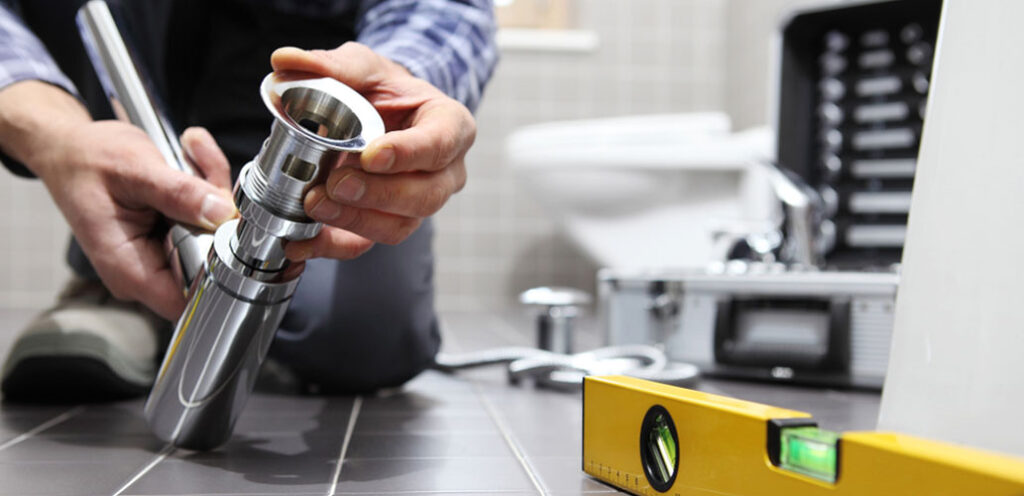
6. Restoring Water Pressure: Cleaning Faucet Aerators
Low water pressure can often be traced to mineral buildup in faucet aerators. Remove the aerator from the faucet, soak it in vinegar to dissolve the minerals, and scrub it with a brush to ensure clear water flow.
7. Caulking Cracks and Gaps: Bathroom and Kitchen Sealing
Caulking is a versatile tool for sealing gaps and preventing leaks. Use silicone caulk around sinks, tubs, and showers to prevent water from seeping into crevices and causing damage.
8. Frozen Pipe Prevention: Insulation
Prevent frozen pipes during cold weather by insulating exposed pipes. Foam or fiberglass insulation can help maintain a consistent temperature, preventing pipes from freezing and potentially bursting.
9. Replacing a Showerhead: Simple Upgrade
Replacing a showerhead is a straightforward DIY project. Unscrew the old showerhead and use plumbing tape on the threaded end of the pipe. Attach the new showerhead and tighten it with a wrench.
10. When to Seek Professional Help
While DIY solutions are effective for minor issues, it’s important to recognize when a problem requires professional expertise. If you’re unsure about the severity of the issue or lack the necessary tools, it’s wise to consult a plumber.
Conclusion
Mastering basic DIY plumbing solutions can save you time, money, and stress. By understanding these techniques and having a toolkit of simple fixes at your disposal, you can confidently address common plumbing issues as they arise. Remember, regular maintenance and swift action can prevent small problems from escalating into major headaches.
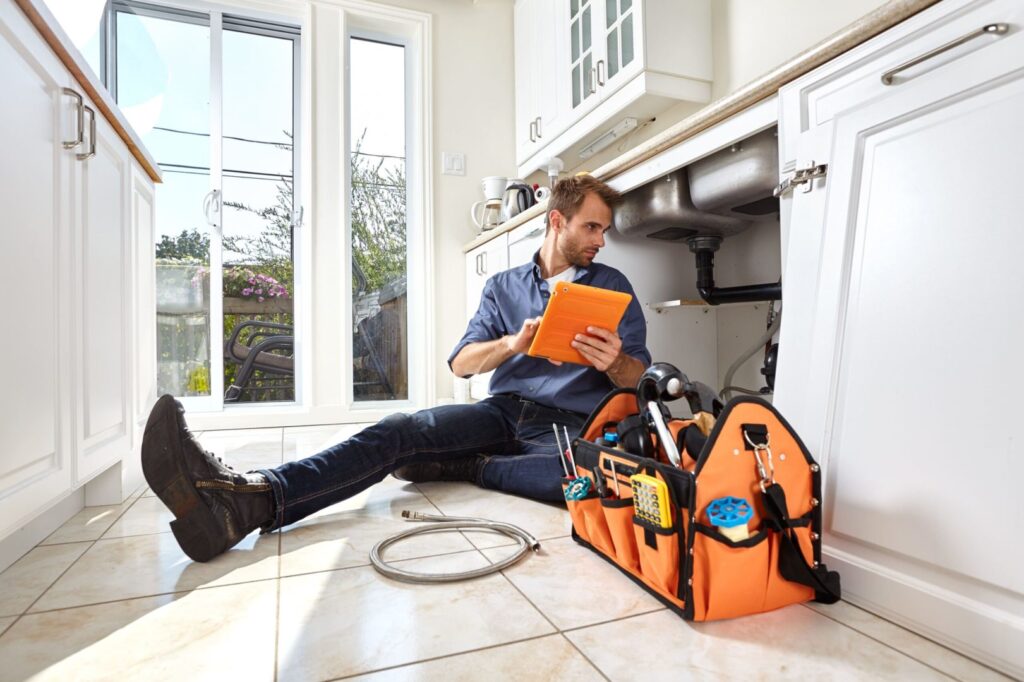


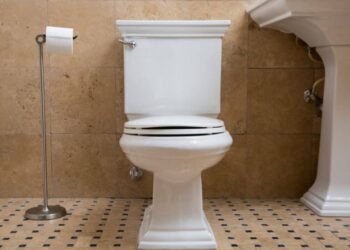
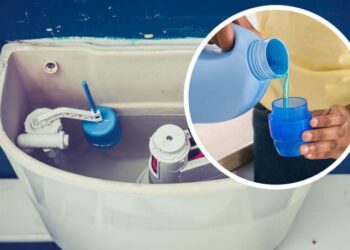
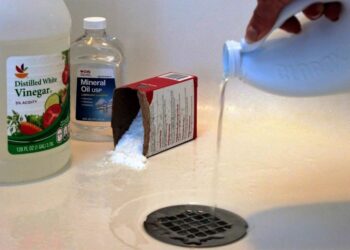
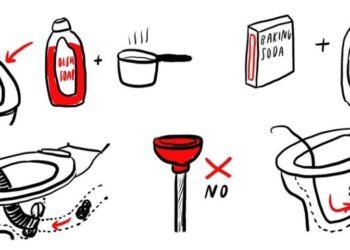
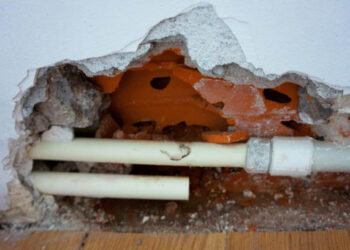















Discussion about this post